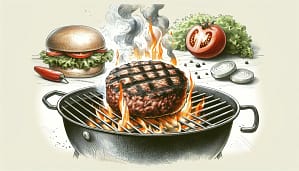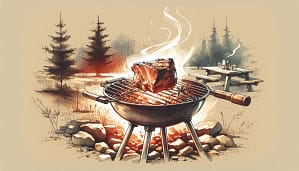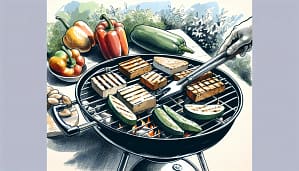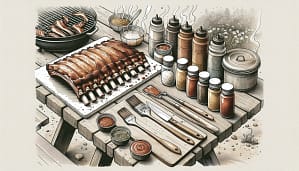How to choose charcoal for smoker or grilling?
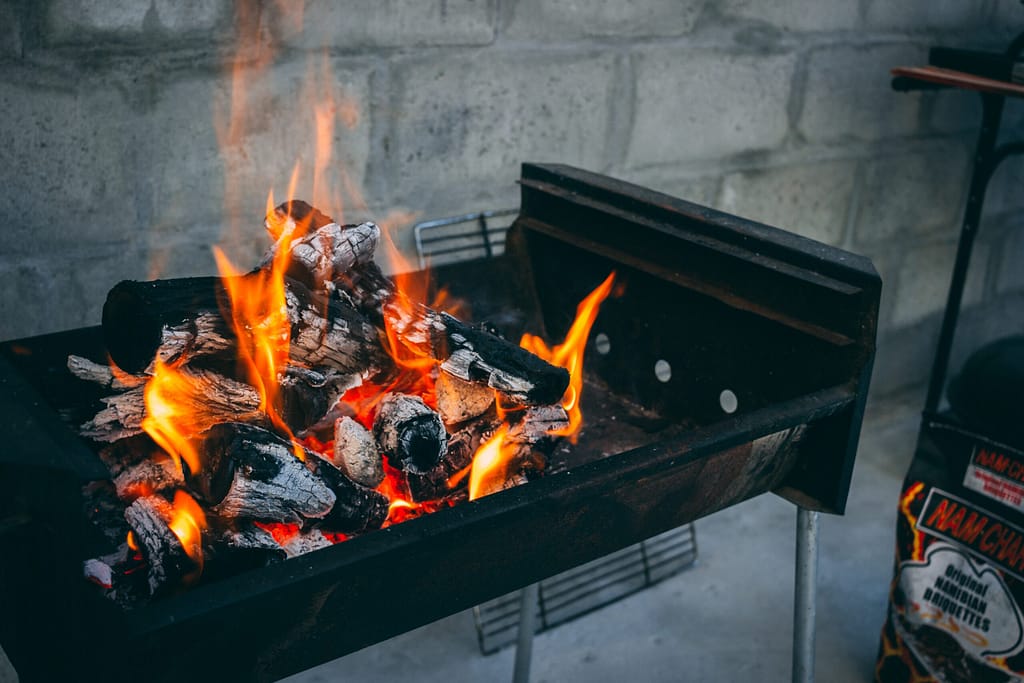
Charcoal is a black, porous, and lightweight carbon material that is obtained by heating wood or other organic matter in the absence of air. This process, called pyrolysis or carbonization, removes all the moisture and volatile compounds from the wood, leaving behind almost pure carbon.
Charcoal has been used for various purposes for thousands of years, including as a fuel source for cooking, heating, and blacksmithing. It is also used in the production of gunpowder, air and water filters, and art materials such as charcoal pencils.
There are two main types of charcoal: briquettes and lump charcoal. Briquettes are made by compressing charcoal dust and other additives into uniform shapes, while lump charcoal is made from pieces of hardwood that have been charred in the absence of air.
Charcoal is popularly used for grilling and smoking food because it burns hotter and cleaner than wood, and can give food a smoky flavor.
What are the benefits of using charcoal?
Charcoal is a popular fuel source for both grilling and smoking food due to the following benefits:
High Heat: Charcoal burns hotter than other fuel sources, such as gas or electric, which makes it ideal for searing and achieving a crust on grilled or smoked meats.
Smoky Flavor: Charcoal produces a distinct smoky flavor that many people associate with outdoor cooking. This flavor is created by the smoke that is produced when the charcoal burns.
Versatility: Charcoal can be used for both grilling and smoking, and it is easy to control the temperature by adjusting the amount of charcoal used.
Cost-Effective: Charcoal is relatively inexpensive and widely available, making it an accessible fuel source for outdoor cooking.
Environmentally Friendly: Charcoal is made from natural materials, and unlike gas or propane, it doesn’t produce greenhouse gases or other harmful emissions.
Portability: Charcoal grills and smokers are generally smaller and more portable than gas grills, making them ideal for camping trips, picnics, and other outdoor adventures.
Overall, charcoal is a versatile, cost-effective, and environmentally friendly fuel source that can help you achieve delicious results when grilling or smoking food.
Choosing the right charcoal for smoking or grilling is essential for achieving great results. Here are some factors to consider when choosing charcoal:
Charcoal Type: There are two main types of charcoal: briquettes and lump charcoal. Briquettes are made from compressed charcoal dust and other additives, while lump charcoal is made from chunks of hardwood. Lump charcoal burns hotter and faster, while briquettes burn slower and more consistently.
Wood Type: If you are using lump charcoal, consider the type of wood used to make it. Different woods will give different flavors to your food. Common woods used in charcoal include hickory, mesquite, applewood, and oak.
Size: Choose charcoal pieces that are the right size for your grill or smoker. If you have a smaller grill, choose smaller pieces of charcoal. Larger pieces of charcoal are better for larger grills or smokers.
Ash Production: Consider the amount of ash that the charcoal will produce. Charcoal that produces less ash will be easier to clean up and will require less maintenance during your cook.
Brand: Different brands of charcoal can vary in quality and consistency. Experiment with different brands to find the one that works best for you.
Almost, it’s best to experiment with different types of charcoal and wood to find the combination that works best for your cooking style and taste preferences.

Which type charcoal use for grilling or smoking?
Both lump charcoal and briquettes can be used for grilling and smoking, and the choice depends on personal preference and the specific application. Here are some factors to consider when choosing between lump charcoal and briquettes:
- Heat: Lump charcoal burns hotter than briquettes, which makes it ideal for searing and achieving a crust on grilled or smoked meats. If you need high heat, lump charcoal is the better option.
- Burn Time: Briquettes burn more slowly and evenly than lump charcoal, which makes them ideal for long smoking sessions. If you’re smoking meat for several hours, briquettes will provide a more consistent heat source.
- Flavor: Lump charcoal is often preferred by barbecue enthusiasts because it produces a more natural, woodsy flavor. Briquettes can have additives and fillers that affect the flavor of the food.
- Ash Production: Briquettes tend to produce more ash than lump charcoal, which can be a consideration when it comes to cleaning up.
- Cost: Briquettes are generally less expensive than lump charcoal, which can be a factor for some people.
Overall, both types of charcoal can be used for grilling and smoking, and the choice depends on personal preference and the specific application. Many people use a combination of both lump charcoal and briquettes to get the benefits of both.
